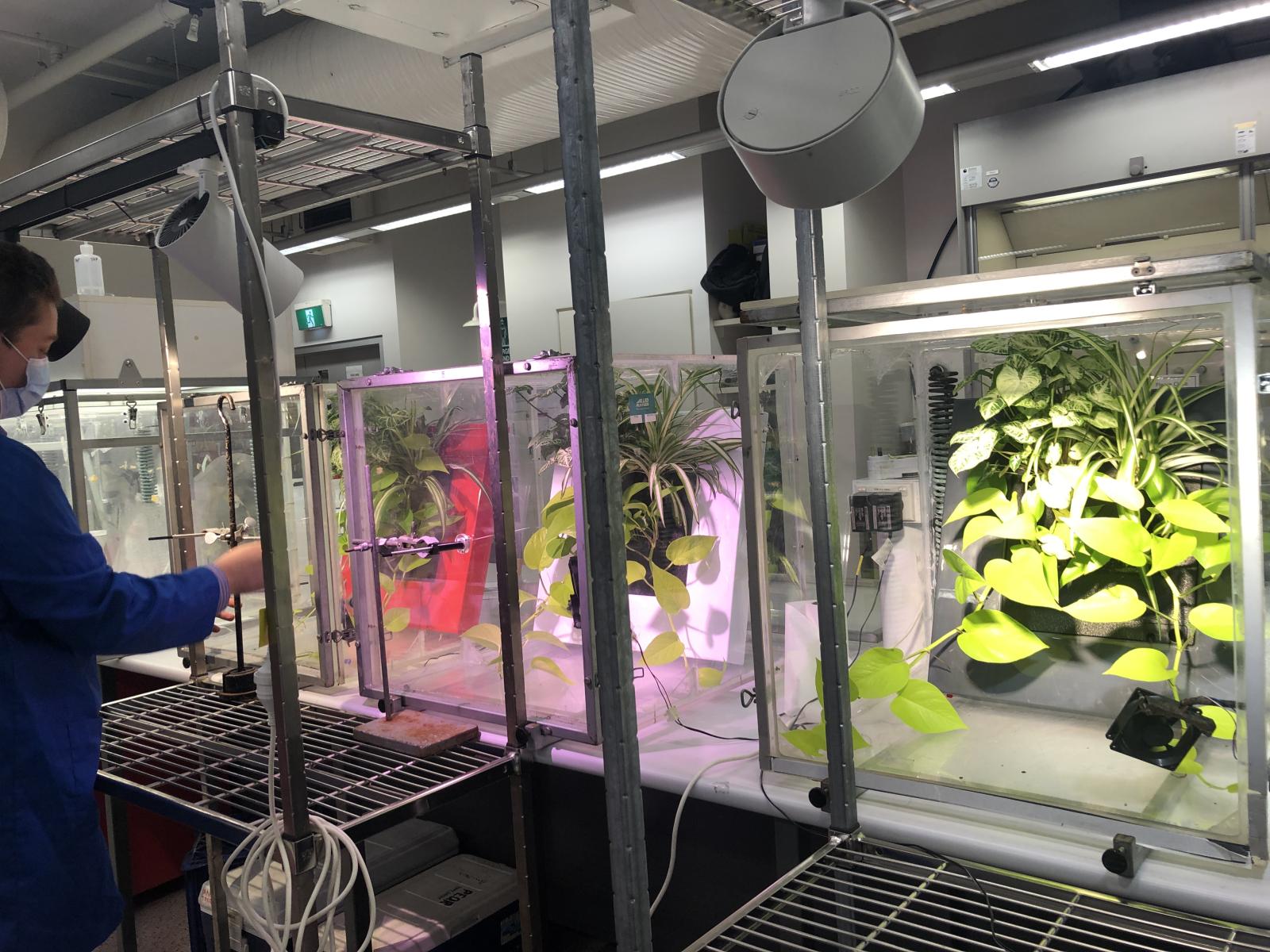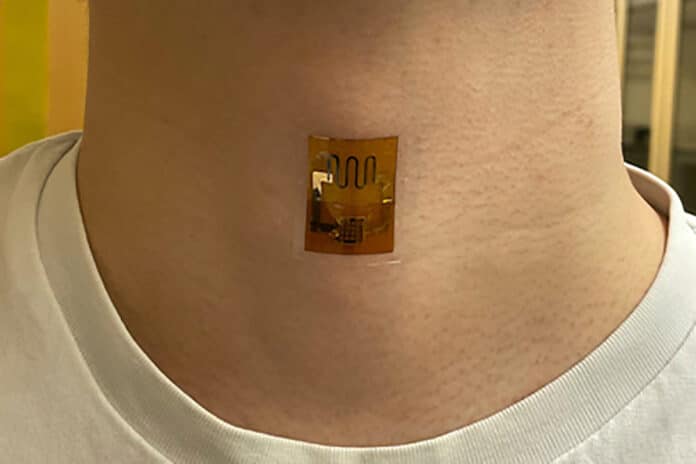The Intrigue and Excitement of a Formula One Race
The writing has been on the wall for a while now: electric vehicles could completely overtake the gas propelled vehicle market, relegating it to a distant memory. But not so fast. Fossil fuel propelled automobile manufacturers are working to make their cars super efficient and clean with a capacity of tens, if not hundreds, more miles per gallon. At the same time, new generations of electric vehicles, based on “electrified roads,” may change the trajectory of the EV market.
This race is heating up and gets more exciting all the time.
Super Efficient Fossil Fuel Engines
Carmakers such as Mazda are innovating and creating internal combustion engines that are so efficient as to rival pure electric cars with respect to CO2 emissions. Called the SkyActiv-G Generation 2, the technology is currently under development and will feature lightweight construction, low friction and a compression ratio of 18 to 1, relatively high amongst current engines and CO2 emissions of about 80g/km. Current cars emit an average of nearly 160 g/km.
Mazda’s SkyActiv-G Generation 3 is also under development and will feature “adiabatic combustion” meaning virtually no heat will be lost during combustion, and even lower CO2 emissions of 60g/km.
The new engine, coming on the heels of the successful SkyActiv-G Generation 1, will contain a Homogeneous Charge Compression Ignition (HCCI) system which is similar to a diesel engine where piston compression is used instead of spark plugs to ignite fuel in the compression chamber.
The Future of Electric Vehicles
Future standard electric vehicles will need about 20% of current battery capacity because coil sets installed on the underside of vehicles will efficiently pick up power remotely from an electromagnetic field emanating from cables installed in the road. Electric buses and cars, some of them driverless, will charge themselves wirelessly while in motion.
At the Korea Advanced Institute of Science and Technology (KAIST), the “Online Electric Vehicle” (OLEV) is powered through a “Shaped Magnetic Field in Resonance” (SMFIR) receiving electricity from cables buried in a road’s surface.
Initial versions of this technology were installed on the KAIST campus and at a local amusement park in Seoul with several bus routes in the city coming online during 2014. The current version receives 20 kHz and 100 kW (136 horsepower) of electricity with an 85% power transmission efficiency. The distance between the under-body coils and the road surface is about half a foot (17cm).
Related articles on IndustryTap:
- GM Developing a $30,000 Bolt EV To Rival Tesla’s Electric Vehicles
- The 3D-Printed “Urbee 2″ Electric Vehicle Makes a Beeline For The Urban Landscape
- Land, Air and Water Electric Vehicle Industry Growing to $350B
References and related content:







